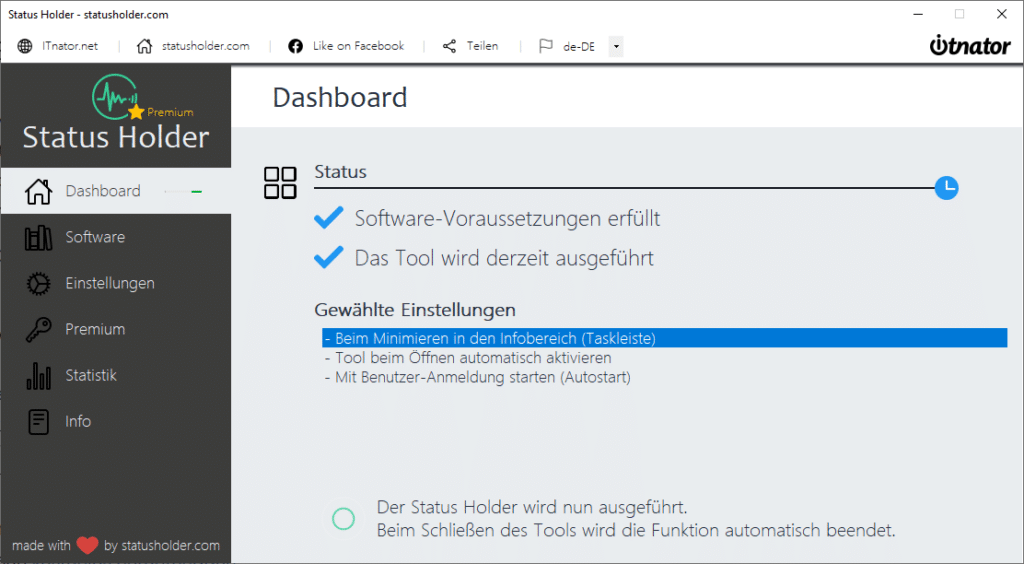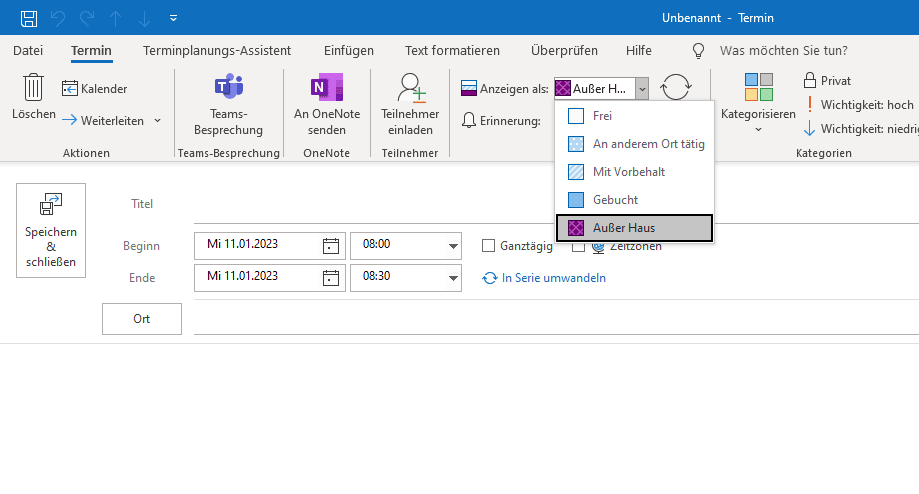In Microsoft Teams, the status of the logged-in user is not a core component. This status indicates whether the colleague is available, absent or in a meeting. But there is also out-of-home status. You have to make a small detour for this to be displayed.
The difficult issue of status
The Microsoft Teams app automatically sets the status depending on whether you are currently at your PC or the computer is switched off. This is both a curse and a blessing. Because in Germany, the country of data protection, status is an issue. This can also be used for employee monitoring and is therefore also a data protection issue. There may be considerations such as: “My employee is shown out of the office or absent, even though they should be working?”.
With our Status Holder, it is also possible to set the Teams status permanently to Available, even when you are away from your computer. You can download it free of charge here.

Teams Status Away from home
In Teams, you can set a status manually or reset the status so that it is automatically set again by Teams. But if you want to set the Out of office status in Teams, you will find that it is not available. This is because only the following are available for manual selection in the app:
- Available
- Employed
- Do not disturb
- Be right back
- Show as absent
- Show as offline
The out-of-house status is missing here. This very special status can only be achieved in a roundabout way. Microsoft Outlook is required for this. In Outlook, you can not only resend e-mails, but also schedule appointments.
To inform colleagues in teams that you are out of the office, these 3 steps must be followed:
- Create a new appointment in Outlook
- Select ads as out of home
- Save appointment

During the appointment period, the status in the Teams app is now displayed accordingly as Out of office. The user’s online status is not only dependent on current Teams calls, but also on Outlook appointments. For example, you are also set to busy when you are in a classic appointment.




